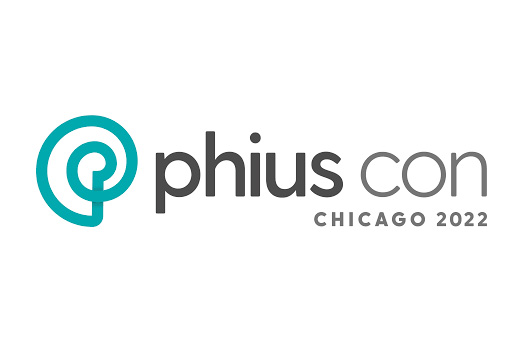Though I’ve been involved in the passive house movement for years and on the board for the Phius Alliance Chicago since 2017, this was my first time attending Phius Con. For me, there were two key takeaways from the conference. Retrofits and Cost as a Barrier to Progress.
The conference began with many great talks including a sobering discussion from Andreas Holm about the energy situation in Europe right now. He highlighted the importance of designing for resiliency as well as the short time frame we’re working with. We really only have about 20 years left and that time is going to go fast.
We really need to address existing buildings which are a huge part of the climate problem and need to be upgraded if we are going to meet our goals.
Costs Offer Desirable Paybacks for Larger Scale Projects
Another talk on the Phius Con 2022 Design Competition winner 425 Grand Concourse offered balance to the keynote by Andreas Holm highlighted the fact that we have now figured out how to build the necessary buildings at only a slight premium now and that taking into account the ongoing energy and cost savings these buildings will provide, the payback period that developers will have to work with is only 12 years. After that it is all just money in the bank.
This first photo from the presentation about the building’s development shows that while the building specs aren’t significantly above code, the air tightness is.

They then went on to show the percentage premium of these building upgrades over standard building code.

In this next slide on the left, they break down the premium for costs of developing to the Phius standard over code which comes to $4,150,000 or $13.35 per square foot. Not a small amount of money.
The following slide on the right then shows the operating costs for 425 Grand Concourse and how they would compare to a building that was built to baseline developement standards. The operating costs come to $1.55 per square foot or $482,824 for the entire building for the year versus the $3.46 per square foot of a standard built development.


At this rate, the payback period for this building would be 12 years which was a number that made him very happy as a developer.

They mention that what is not included in the cost analysis are all of the costs associated with health and labor-related cost reductions of avoided risk buy building to the Phius standard including heat-related illnesses, respiratory illnesses and noise-related illnesses.
Cost as Perceived Obstacle by Industry
Precipitate, an architecture, planning, and research consulting firm, had a table in the exhibitors hall where they were asking attendees to place 3 balls into the cups that they felt were the biggest barriers to progress for the Phius movement. Education and cost were by far leading the way when I came up to place my balls. I’ve long been involved in the drive to further education around building science but this demonstration also confirmed for me that cost, or the perception of cost, is a huge factor that really needs illumination.

Photo via Forge Craft Architecture + Design
Retrofits
Every year at Phius Con, Phius does an design competition where they offer awards in various categories. The category that’s always most relevant to me is the single family retrofit and this year one of the mentions was the Theresa Passive House Single Family Retroft in Austin, Texas. This home is a good example of something similar to what I’d like to do:

Photo via Forge Craft Architecture + Design
With Phius focusing on developing the retrofit programs and recently releasing the Phius Revive retrofit program, we are now closer to addressing the problem of existing buildings but that still much work needs to be done to get the retrofit situation to where it is with new multifamily buildings where it is a financial no brainer.
I have personally struggled with this topic for many years. I’ve been ready to invest in a Phius retrofit but the path to achieving that has been anything but clear. True, if I have an extra million dollars, laying around, it’s probably quite easy. Just hire an architect who’s a CPHC and they can probably figure it out. But for regular people who passionately care for the environment and desperately want to make informed and wise choices regarding our housing options, it is not at all clear how to go about doing this.
Attending Phius Con highlighted for me the need to focus on solving this problem. How we can get the existing building stock, most owned not be excessively wealthy individuals performing at or at least near the Phius passive house standard. With the advances we’re seeing on the larger scale projects and the fact that we’re seeing developers enthusiastic about the financial prospects of building to Phius standards, it’s starting to seem even more possible.


